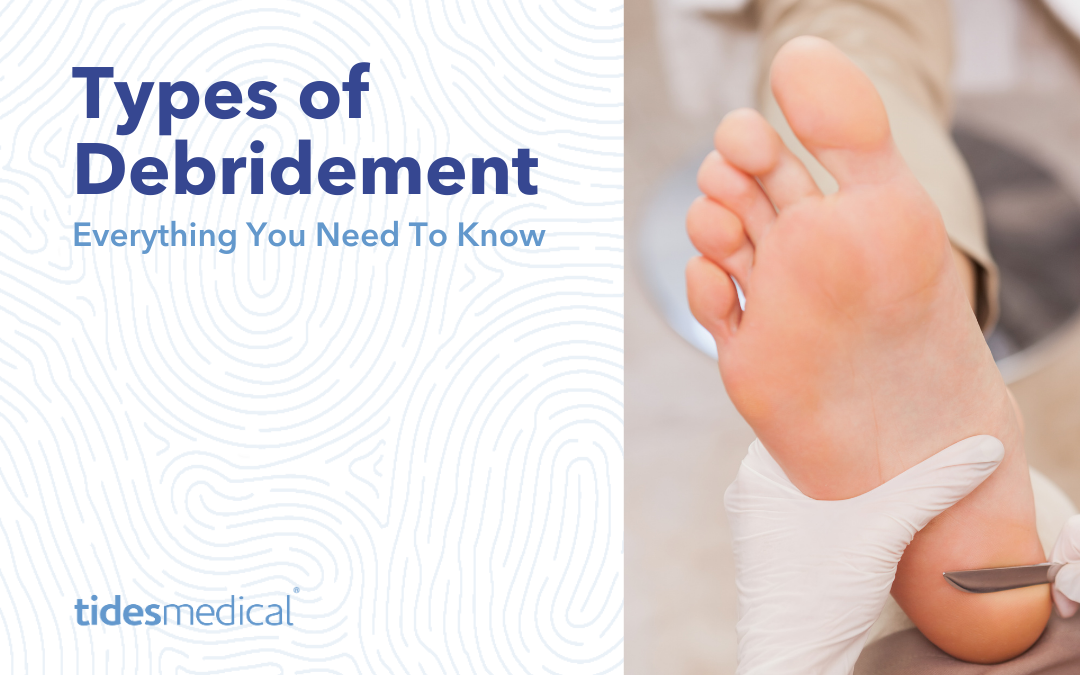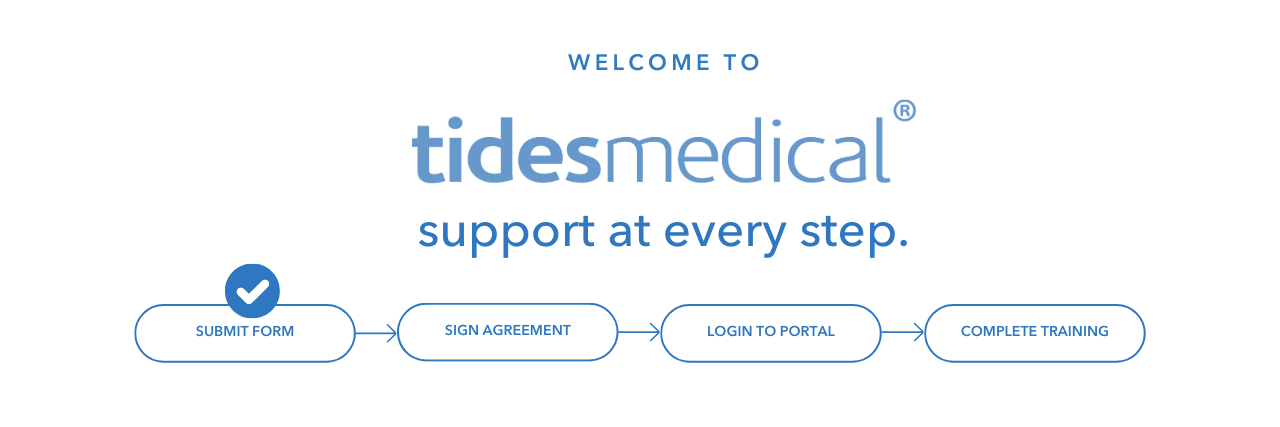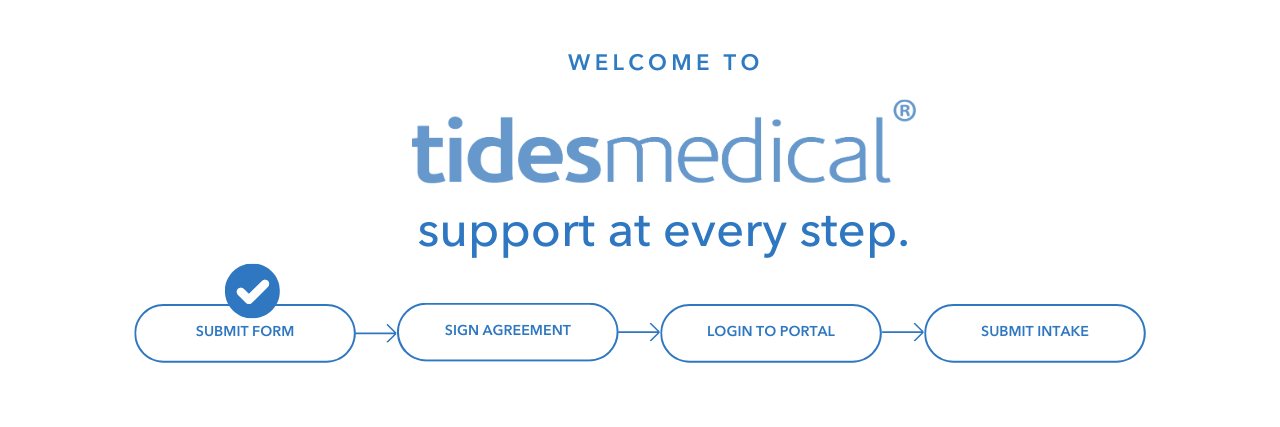Debridement is an essential part of the amniotic tissue graft application process. Debridement is the medical term used for the removal of dead and/or damaged skin tissue (and sometimes removal of foreign materials) from a wound. Wound debridement improves the healing potential of the remaining healthy tissue. There are many different types of debridement, that create an ideal environment for healthy tissue to grow, can minimize scarring, and reduce risk of complications.
In the tissue graft application process, debridement is the most critical step. If the physician is not aggressive enough with the debridement process, the amniotic tissue graft may not take as well. When debriding the wound, you want to make sure there is a red granular wound base so the graft will properly take. Note that this process is not as painful as you may expect it to be but you can discuss the option of numbing the area with your physician as deemed necessary.
Types of Debridement
There are a few different types of debridement. The type of debridement necessary is dependent upon the wound type, patients age and overall health condition, and risk of complications for the patient. It is very common for multiple methods of debridement to be used at once.
- Autolytic Debridement – This is the least invasive wound debridement. It is used for patients that are unable to tolerate other forms of debridement and is very common in long term care settings. Autolytic debridement involves application of a moisture-retentive wound dressing that allows the body’s own wound fluid growth fac tors trapped beneath the dressing to soften the tissues and encourage early phases of wound healing. Note that this is not appropriate for all types of wounds.
- Biological Debridement – This is the use of other organisms, i.e. maggots, to facilitate the debridement process. Essentially, sterile larvae ingest the bacteria and release ammonia into the wound bed which increases wound pH, fighting infection. While less common, this avenue is a good choice for wounds that are infected by antibiotic resistant strains of bacteria or if you are unable to have surgery due to certain medical conditions.
- Mechanical Debridement – This is the most common type of wound debridement. Mechanical debridement is the removal of unhealthy tissue with a moving force. The downside is that healthy tissues may be removed in addition to the unhealthy tissues. Some examples are hydrotherapy, wet-to-dry dressing, and monofilament debridement pads.
- Enzymatic Debridement – This type of debridement is the use of a chemical agent to break down damaged tissue. This is an option not recommended for large or severely infected wounds but is ideal for patients with bleeding issues or unable to have surgery due to potential complications from other health issues.
- Surgical Debridement – This is the process of surgically cutting off unhealthy tissues. This is often a minor bedside surgery and can be performed by a family physician. Certain cases may require the procedure to be done in an operating room – discuss options with your physician. This option is typically used if another method of debridement did not work.
Debridement by Wound Type & Location
As briefly discussed in the types of debridement above, your debridement method and aggressiveness will vary depending on wound type, severity, and location. For example, venous leg ulcers tend to be larger and may require the patient to have debridement done in the outpatient OR due to larger mess possibilities in office. Some regions of the body are more sensitive than others so aggressiveness and less invasive methods may be required. Patient location is also a factor. For example, if a patient is receiving wound care at home by a nurse, the nurse doing the debridement will take a much less aggressive approach due to limited supply access. An at home debridement kit will not always include a scalpel due to doctors not wanting nurses with access to such a sharp tool at home. In home nurses are also not typically equipped to apply a stitch in patients if it were necessary.
The debridement process for each patient’s particular wound type and location will be discussed with the patient in advance. As mentioned above, patients can discuss pain management as needed as well. If you have any questions or would like additional information on either the debridement process or applying a Tides Medical amniotic tissue graft after debridement, contact us today!



 Marc Stemler, Ph.D.,
Marc Stemler, Ph.D.,  Mora Melican, Ph.D., VP of Operations, Research & Development
Mora Melican, Ph.D., VP of Operations, Research & Development LESA CATALON,
LESA CATALON, DAVID CASTILLE,
DAVID CASTILLE,




 Dr. Thomas E. Serena MD FACS FACHM MAPWCA
Dr. Thomas E. Serena MD FACS FACHM MAPWCA JOSH WILLETT,
JOSH WILLETT, JEFF MONTGOMERY,
JEFF MONTGOMERY, MIKE RIDDLE,
MIKE RIDDLE, BENJAMIN KIMBALL,
BENJAMIN KIMBALL, DOUG PAYNE,
DOUG PAYNE, JOE SPELL,
CEO
JOE SPELL,
CEO


